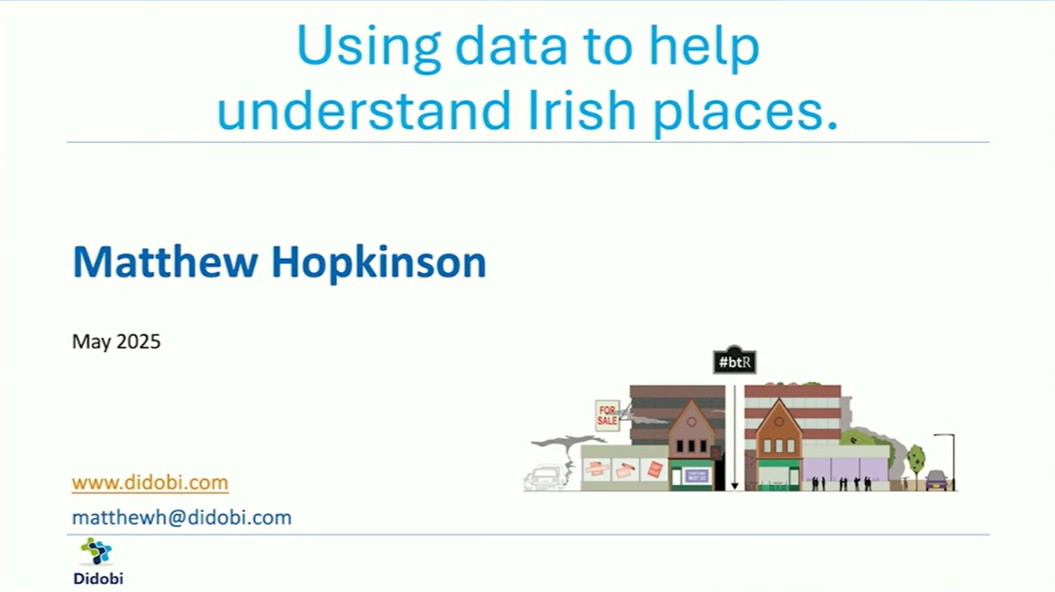What is a healthy high street?
Today has been an interesting news day with two, much commented upon, fast growing occupiers of our high streets stating the value they add economically through employment and footfall to the high streets they fill. The two business types I am referring to are charity shops (Demos report) and betting shops (Paddy Power). Both of these business types, along with pawnbrokers, fast food, coffee shops, cheque cashing, nail bars, pound shops, and tattoo parlours have been expanding during the recession. At the same time, during the early part of the recession (2008-2011), we have seen a fourfold increase in the number of vacant shops – many of which are long term vacant with little prospect of being reoccupied. The basis economics of supply and demand therefore show how this change has come about in nearly every high street up and down the country.
As with everything, the LDC data can easily show the extremes of such occupation where there might be 10% of the total offer being charity shops such as Headington in Oxfordshire or a mere 1% in places such as York. So what does this tell us about these places and which is good or bad if indeed you can make such a call? Retailers by nature like to cluster and for consumers this might also be good as they can truly comparison shop and not have to walk from one end of the town to the other to see, try and compare before buying or retiring home to their ipads to order if that is indeed possible based on the business type. i.e. I am not aware of any charity shops that are ecommerce giants with 25% of sales on line but then again perhaps this is where they should be investing time and effort.
Economics determine our high streets whether one likes it or not. France is more autocratic in that its mayor is the deciding party and for us Brits as long as it is within planning and you can pay for the space then you are more than likely going to get it. Landlords own property to make a return and an empty property incurs business rates and insurance costs with no income and thus filling it to offset these costs is key. In many high streets talk of yields, rental growth and premiums is something long gone and it is a case of covering costs be they operating or finance as best one can in the hope things will turn a corner. Now, when it comes to costs not all things are equal with charity shops qualifying for up to 80% rates relief which is significant and the cause of some irritation to their fellow shops. The debate rages around the actual funds that reach charitable causes, the increasing trend for charity shops to sell new goods or whether they are a chain charity with paid staff or a local charity staffed by volunteers. Many views abound on this subject and whether you are for or against charity shops then it is what it is but the Grimsey Review did highlight the independent v chain charity issue and suggest that the chains business rates relief should be reduced to 60% and perhaps give an increased break to the local independent charity shop. I think that it is right to split the two, as they are very different entities in my view.
So what defines a good high street and how do you apply the word good against so many diverse locations? Is it occupancy, vacancy or a combination of both? By way of example I can point you to towns where the vacancy rate is below average but the town has above average £ shops, pawnbrokers, charity shops, betting shops and fast food takeaways. Alternatively there are above average vacancy towns where you could say you don’t have many of the afore mentioned business types and have a good mix of solid multiples and independents across the comparison, convenience, service and leisure uses. So it comes back to market forces which are ultimately determined by the consumer as this is the opportunity that a retailer or leisure operator seeks and if it is there but too expensive to service then it wont happen and if it is not there and cheap to service then it is unlikely he will go there either. At the end of the day each and every shop on our high street has to operate profitably, either individually or across a portfolio as otherwise they become incredibly expensive advertising hoardings. The increasingly flexible lease terms are more in the favour of occupiers than ever before and the fact that we saw nearly 50,000 openings and closures across GB in the first six months of 2013 just shows the propensity and speed at which things can change. This equates to nearly 300 openings and closures happening every day up and down the country. As Benjamin Disraeli rightly said ‘Change is inevitable. Change is constant.’






Leave a comment: